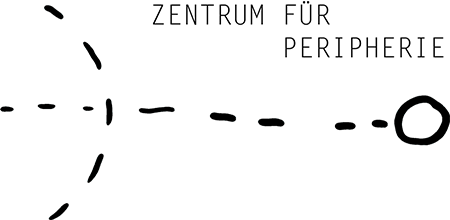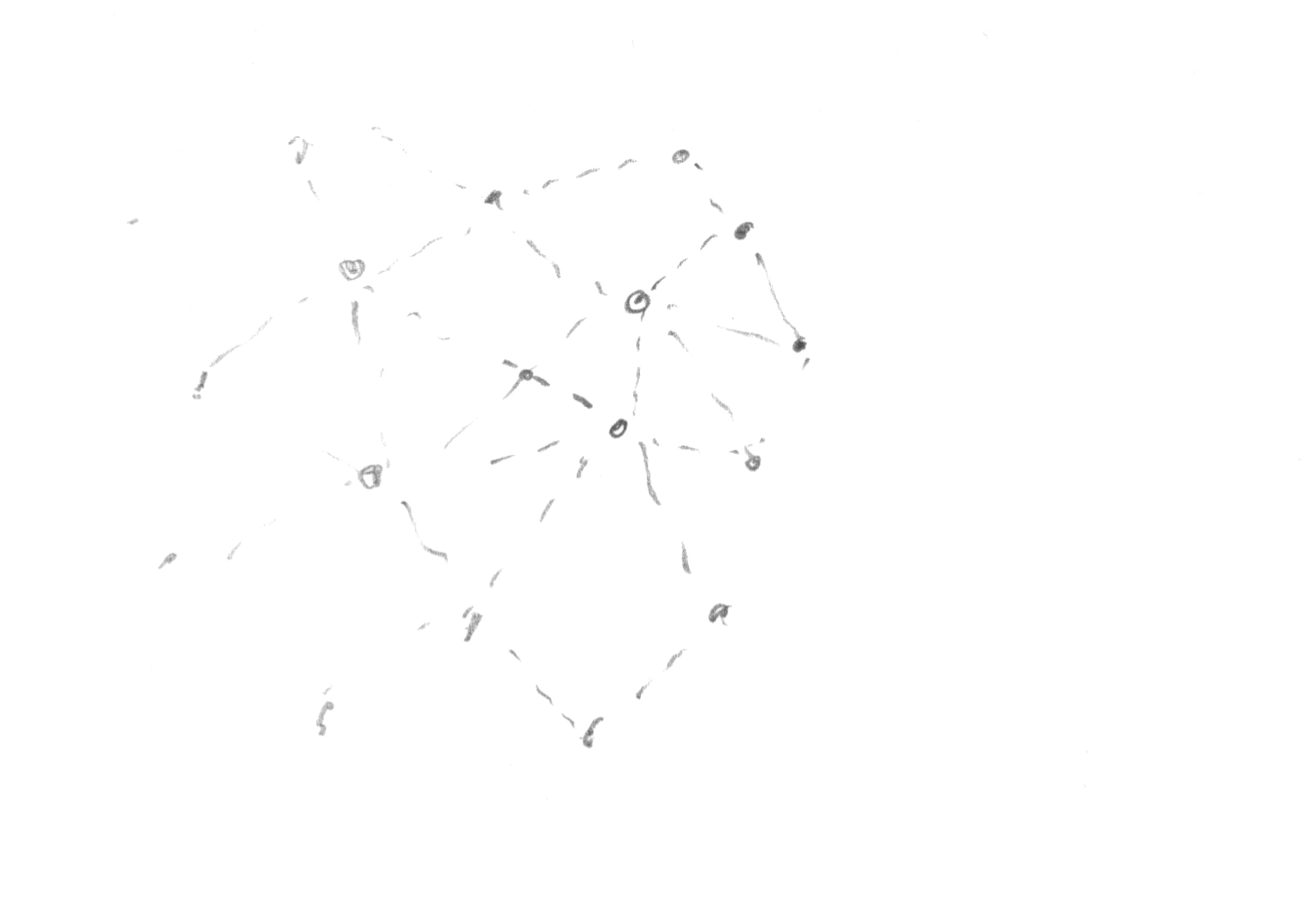With the academy, we provide the large systems (such as education, administration, research, etc.) with a flexible infrastructure. This provides space in a concrete and figurative sense. The academy makes unexpected, constructive and concrete solutions conceivable and possible – especially those that succeed in the cooperation of different areas. In open-ended processes, ideas are developed beyond the usual social boundaries.
The Academy for Agile Processes ensures the general availability of the methods developed through an interplay of artistic and scientific analysis. In this sense, a core of the AAP is the ‘distillation’ of structures that support and enable its special work.
The academy ‘docks’ onto external systems. It is conceived as a temporary structural extension. The Zentrum für Peripherie provides support on two levels that go hand in hand: First, the focus is on concrete, empirical work on the ground. This work directly addresses the needs, the local or supra-regional challenges, and initiates and accompanies solution processes. Second, these processes are accompanied scientifically and artistically, analysed and the findings generated and procedures derived are then made generally available. In theory and practice, the AAP draws on a broad and experience-guided methodological expertise, which spans a wide range between practice and analyses.
The academy generates innovation quite by accident. Quasi incidentally.
Procedures developed by the artist Ute Reeh since the 1990s represent the starting point. They turn seemingly unsolvable problems into the driving force behind joint projects. In this way, always very concrete solutions, and moreover, often socially relevant and transferable innovations emerge.
A shifted perspective and an open-ended process
Integrative method for collective creative processes
The essential framework parameters of the integrative method for collective creative processes are A) the procedural integration of ‘below’ and ‘above’ (as synonyms for administrative or social levels) in decisive project stages, which differs from the classical down-top method by the fact that B) the persons directly affected by a project are actively involved in both the development and the creation process. The participation is not merely based on consultation, but on active participation. To be more precise, those affected are not just integrated into processes already initiated and planned by external bodies, but rather the opposite: experts and financial backers are only sought and brought in at a later, appropriate time. The methodological label in the initial phase of all sub-projects is down → top; only in a later step does down + top apply. In each project, a sensible balance must be found in the cooperation between ‘bottom’ and ‘top’.
An elementary feature is the identification and acceptance of the different perspectives, longings and wishes of those involved, which always represent the starting point for individual sub-projects. In each project phase, those affected take the first step in the process. This means that a space is created in which ideas and drafts, in all their idealism or inadequacy, are created and collected without prejudice and without constraint. Only thereafter are experts consulted. Through mutual exchange, a collective synthesis of the best thoughts is achieved and progressively realised. During this process, it becomes apparent that it is precisely hierarchy-free cooperation that produces results of high value. The participants realise that the results exceed classical ways/solutions in their complexity and quality. This has been impressively demonstrated by previous projects of this kind.
It is essential that such a project contains as many elements as possible in which the people concerned participate themselves creatively and in the implementation. The joint project can become one’s own because it contains one’s own ideas and one’s own work, and because emotional and formal aspects of the result are interconnected.
A positive side effect is incidental, almost unnoticed ‘learning’, because during the project, a wide variety of procedures, or even actions of a manual nature (perceiving qualities, making decisions, cooking, designing, developing ideas, developing technologies) are carried out seriously and with dedication in cooperation. The experiences acquired through practice are sustainable and usually more self-evident and easier to learn than knowledge imparted in a conventional way. Social skills such as communication, organisation, planning and teamwork are also learned and practised on the fly during the process.

